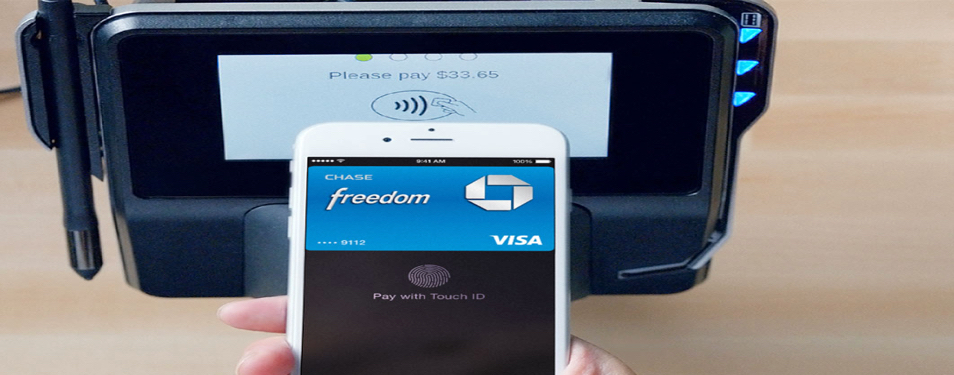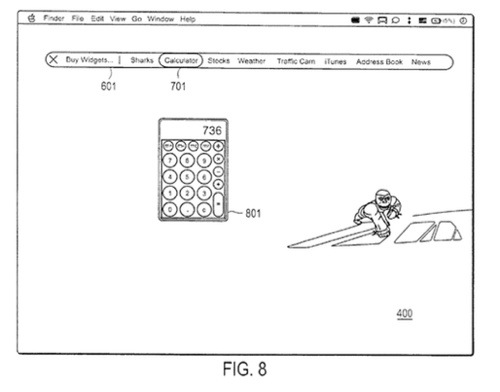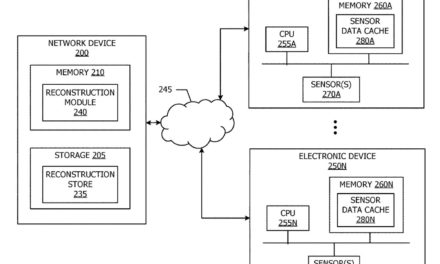A new study from Juniper Research found that the annual value of virtual cards (temporary card numbers only available for a single transaction or limited time) used by businesses will grow 90% over the next four years; exceeding $1 trillion by 2022.
This is up from an estimated $568 million in 2019. However, the technology will struggle to establish itself among several other payment methods; making up a small proportion of B2B [business to business] money transfer transactions overall.
The key benefits of virtual cards are that they can be used as anti-fraud measures, as even if the card details are intercepted, they cannot be used by the fraudster. Juniper says that that financial services will be the fastest growing adopter of virtual cards, with transaction volumes growing at an average of 18.3% between 2019 and 2022.
Commercial cards are well-established in fleet businesses, but virtual card growth will be slow here due to the need for payments at a POS when purchasing fuel. Healthcare will be the highest value sector, representing $277 billion in transactions by 2022, but adoption will be low, according to Juniper. The research anticipates that only 4% of healthcare institutions globally will adopt virtual cards, due to high processing charges.
Juniper expects consumer virtual cards to generate over $14 billion in revenues for card providers by 2022, primarily from remote purchases. Companies offering these services are typically positioned as protecting consumers’ privacy, offering other digital ID-based services alongside virtual cards.
“Virtual cards offer a number of financial management possibilities, for both business and consumer use,” says research author James Moar. “However, the limits of the technology currently mean that virtual cards need to be part of a wider payment or security product.”





